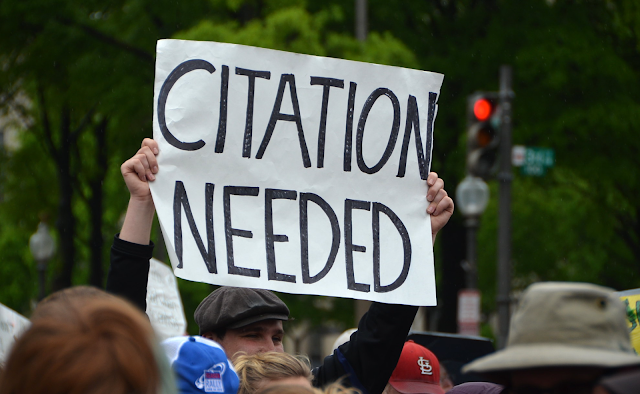What'cha Gonna Do?

2025 Calendar Courtesy OpenClipart Whatcha Gonna Do This Year? Some make New Year's resolutions; I usually try to set some goals, and look back and measure progress made during the year. Our former president and director of our Education team Barbara Mattoon has set an even higher bar, publicly announcing her goals in our SKCGS blog 2020--What's in Your New Year? and 2024 Genealogy Resolutions . Lofty goals, and worthy of her dedication, skill and determination. Inspiring. Back in 2021, I wrote "As I begin this new year, I was determined to not make any resolutions, yet I can't stop myself. "The book Mastering Genealogical Proof by Thomas W. Jones was a Christmas gift, and I immediately dived into reading it. I even started blogging about it on my personal blog, https://genweblog.blogspot.com/2020/12/end-of-2020-time-for-something-new.html . That's great, but unless I put the principles to work in my own research, what good does the reading and le...




.jpg)

